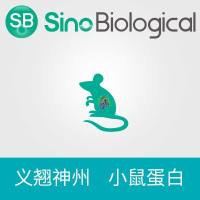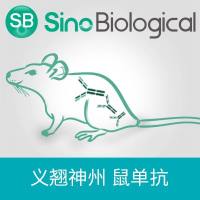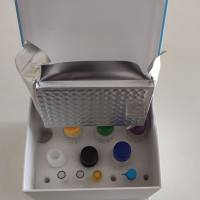Live-Cell Migration and Adhesion Turnover Assays
互联网
991
Fluorescence microscopy has revolutionized the way live-cell imaging is achieved. At the same time, it is also potentially harmful to a living specimen. Therefore, the specimen must be monitored for viability and health before, during, and after imaging sessions. Methods for monitoring cell viability and health will be discussed in this chapter. Another key to successful live-cell imaging is to minimize light exposure as much as possible. A summary of strategies for minimizing light exposure including maximizing the light throughput of the microscope and the sensitivity of light detection is presented. Various fluorescence microscopy techniques are presented with a focus on how the light is delivered to the sample (i.e., light density) and pros and cons for use with living specimens. The reader is also directed to other publications that go into these topics in more detail. Methods are described on how to prepare samples for single cell migration assays, how to measure cell migration rates (e.g., bright-field, semi-automated, and automated), and how to measure focal adhesion turnover rates. Details of how to correct images for background intensity and field-illumination uniformity artifacts for quantitative imaging are also described. Overall, this chapter will be helpful to scientists who are interested in imaging live specimens using fluorescence microscopy techniques. It will be of particular interest to anyone wanting to perform quantitative fluorescence imaging, and wanting to measure cell migration rates, and focal adhesion dynamics.









